- 2017-08-29
Kate Follette
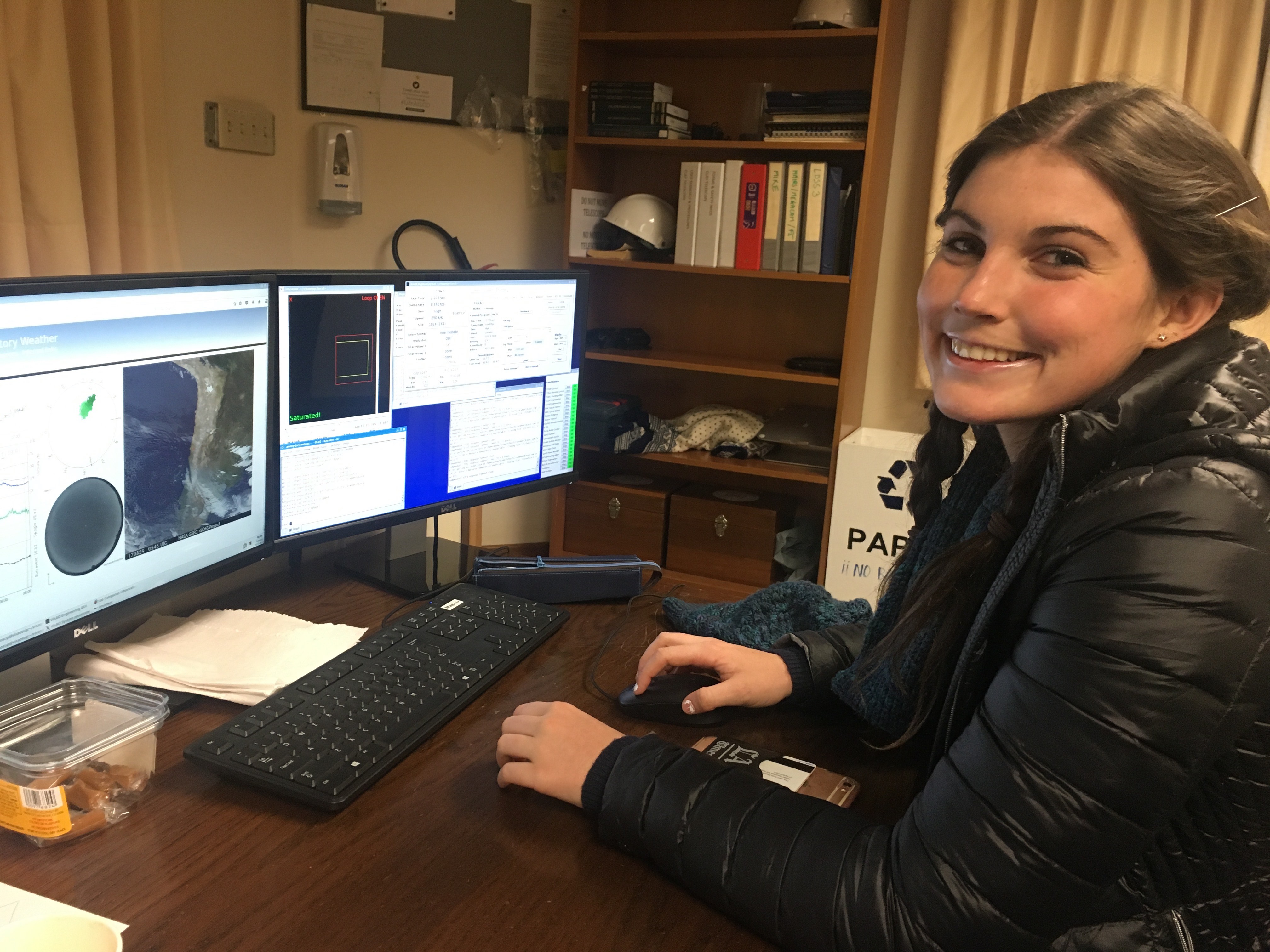
Tonight was the first science night of 2017B for the Giant Accreting Protoplanet Survey (GAPlanetS). Unfortunately, the timing of the run is such that all of our best targets are reaching their highest point in the sky as the sun sets. This is important because stars rotate the most rapidly with respect to our instrument ...
- 2017-08-28
Katie Morzinski
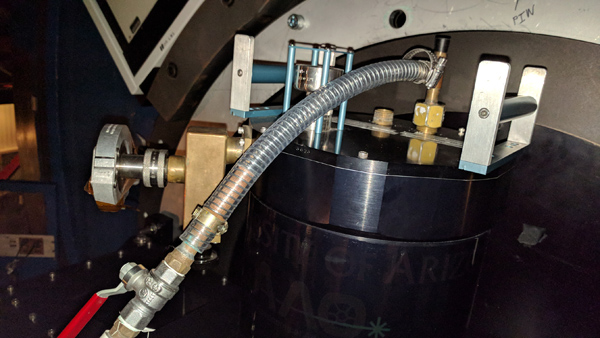
Kate and her student Clare arrived safely today. Their first night is tomorrow night but tonight they helped with trouble-shooting and ran VisAO.
At the end of last night, I was thinking, “Well, that went pretty smoothly, we got on-sky so fast, tonight we’ll finish our engineering early.” Hah.
Today Juan woke Laird up in the afternoon ...
- 2017-08-27
Katie Morzinski
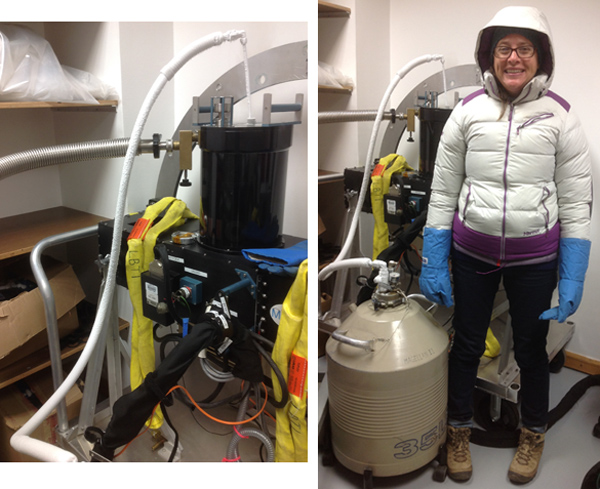
In a new world record, the crew installed the ASM, the Nas, and Clio all in one day. After dinner we finished connecting and cabling everything. We went on sky and closed the loop around midnight. Clio is still getting down to a cool 55 K (-218* C or -360* F). It started out at ...
- 2017-08-26
Jared Males
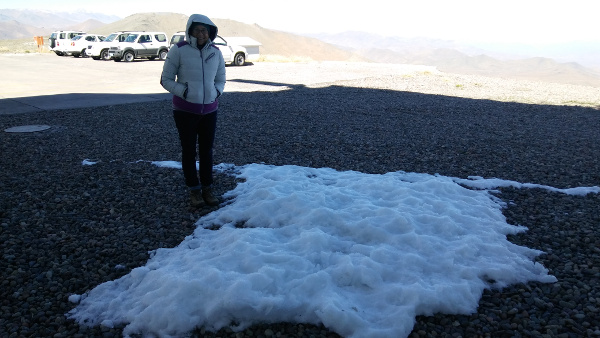
It’s not thaaaaat cold, just above 0C in Tucson. Our blood is thin, you know?
MagAO is ready to bolt on the telescope tomorrow. We spent today unpacking the ASM, moving it up to the summit, cooling Clio, ...
- 2017-08-25
Katie Morzinski
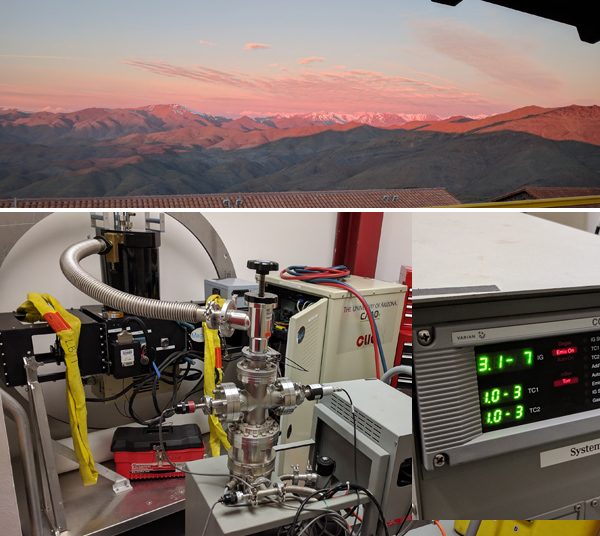
Guess what… we’re back! Laird, Jared, and I made it safely to LCO after 27 hours of travel. Clio is already on the vacuum, pumping down since Tuesday thanks to Jorge Bravo. The sunset was cold and beautiful.
And by the way, Kesha’s back too. Hopefully our 2017B run will be just as powerful and beautiful ...
- 2017-02-21
Laird Close
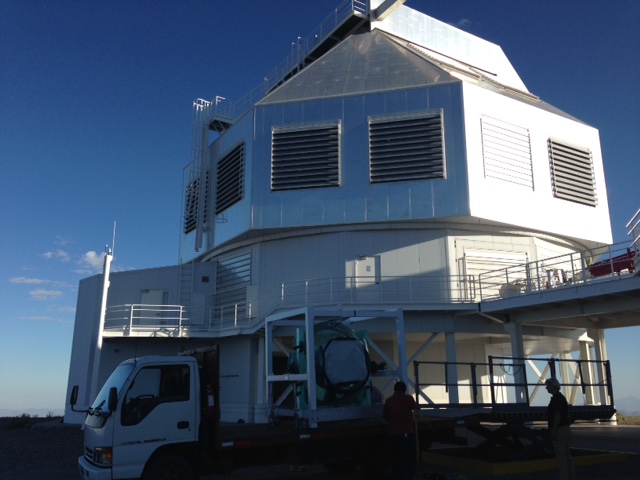
It has been a great recovery for MagAO from the terrible glycol leak of last year. We have now completed our first science run and it was a big success with a completion of the February targets that we failed to get last year now completed. As readers of this run’s blog posts know it ...
- 2017-02-21
Katie Morzinski
Last night was our final night on-sky in 2017A. Laird went down around 10pm — hopefully he got to sleep fairly quickly, as he had to be up at 7:30am for a long day’s work. Jared went down around 3am — and he had to be up around lunchtime to help Laird. I’m not needed ...
- 2017-02-20
Katie Morzinski
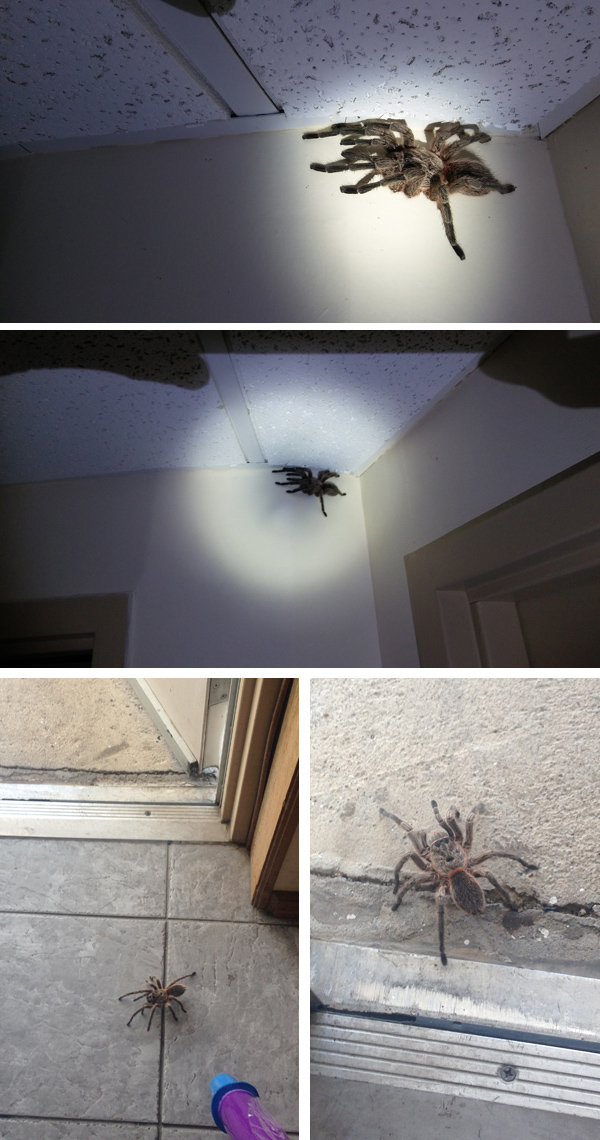
We are still talking about spiders today because that thing was huge and scary. But Laird saved us from the spider… or the spider from us…
First here’s Laird’s video he took this afternoon while he was trying to convince it to leave Clay:
And then pix from Jared from last night and Laird from this afternoon:
It’s ...
- 2017-02-19
TJ Rodigas
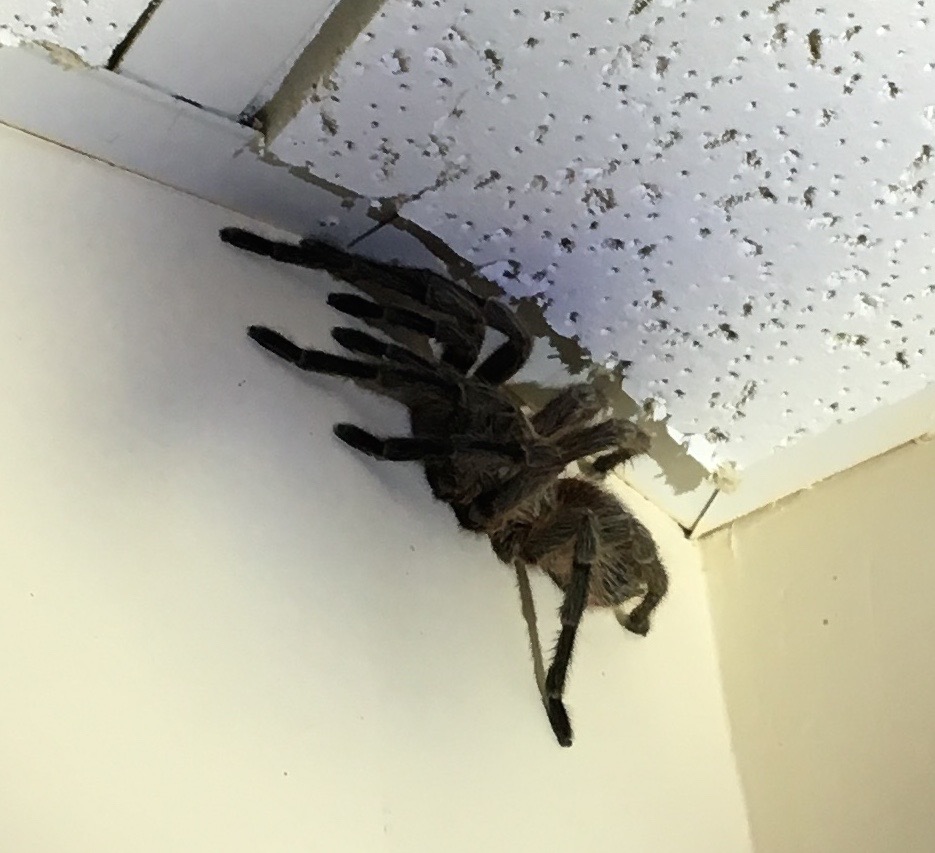
When you’re on an observing run, the word “spider” comes up fairly often–usually people are talking about the support structures of the secondary mirror. Tonight, “spider” had a different meaning because THERE WAS A HUGE FREAKING SPIDER IN THE BUILDING. Here is a picture showing just how big this thing was:
By the way, can you ...
- 2017-02-18
Kevin Wagner

Las Campanas is my favorite place to watch sunsets. Unfortunately, we only have one star to watch rise and set each day–look how lonely it is.
While we’re observing we are forced to fortunate enough to get to watch the sunset and sunrise before turning in for the day.
If we lived on another planet, we might not ...
 Tonight was the first science night of 2017B for the Giant Accreting Protoplanet Survey (GAPlanetS). Unfortunately, the timing of the run is such that all of our best targets are reaching their highest point in the sky as the sun sets. This is important because stars rotate the most rapidly with respect to our instrument ...
Tonight was the first science night of 2017B for the Giant Accreting Protoplanet Survey (GAPlanetS). Unfortunately, the timing of the run is such that all of our best targets are reaching their highest point in the sky as the sun sets. This is important because stars rotate the most rapidly with respect to our instrument ... Kate and her student Clare arrived safely today. Their first night is tomorrow night but tonight they helped with trouble-shooting and ran VisAO. At the end of last night, I was thinking, “Well, that went pretty smoothly, we got on-sky so fast, tonight we’ll finish our engineering early.” Hah. Today Juan woke Laird up in the afternoon ...
Kate and her student Clare arrived safely today. Their first night is tomorrow night but tonight they helped with trouble-shooting and ran VisAO. At the end of last night, I was thinking, “Well, that went pretty smoothly, we got on-sky so fast, tonight we’ll finish our engineering early.” Hah. Today Juan woke Laird up in the afternoon ... In a new world record, the crew installed the ASM, the Nas, and Clio all in one day. After dinner we finished connecting and cabling everything. We went on sky and closed the loop around midnight. Clio is still getting down to a cool 55 K (-218* C or -360* F). It started out at ...
In a new world record, the crew installed the ASM, the Nas, and Clio all in one day. After dinner we finished connecting and cabling everything. We went on sky and closed the loop around midnight. Clio is still getting down to a cool 55 K (-218* C or -360* F). It started out at ... It’s not thaaaaat cold, just above 0C in Tucson. Our blood is thin, you know? MagAO is ready to bolt on the telescope tomorrow. We spent today unpacking the ASM, moving it up to the summit, cooling Clio, ...
It’s not thaaaaat cold, just above 0C in Tucson. Our blood is thin, you know? MagAO is ready to bolt on the telescope tomorrow. We spent today unpacking the ASM, moving it up to the summit, cooling Clio, ... Guess what… we’re back! Laird, Jared, and I made it safely to LCO after 27 hours of travel. Clio is already on the vacuum, pumping down since Tuesday thanks to Jorge Bravo. The sunset was cold and beautiful. And by the way, Kesha’s back too. Hopefully our 2017B run will be just as powerful and beautiful ...
Guess what… we’re back! Laird, Jared, and I made it safely to LCO after 27 hours of travel. Clio is already on the vacuum, pumping down since Tuesday thanks to Jorge Bravo. The sunset was cold and beautiful. And by the way, Kesha’s back too. Hopefully our 2017B run will be just as powerful and beautiful ... It has been a great recovery for MagAO from the terrible glycol leak of last year. We have now completed our first science run and it was a big success with a completion of the February targets that we failed to get last year now completed. As readers of this run’s blog posts know it ...
It has been a great recovery for MagAO from the terrible glycol leak of last year. We have now completed our first science run and it was a big success with a completion of the February targets that we failed to get last year now completed. As readers of this run’s blog posts know it ... We are still talking about spiders today because that thing was huge and scary. But Laird saved us from the spider… or the spider from us… First here’s Laird’s video he took this afternoon while he was trying to convince it to leave Clay: And then pix from Jared from last night and Laird from this afternoon: It’s ...
We are still talking about spiders today because that thing was huge and scary. But Laird saved us from the spider… or the spider from us… First here’s Laird’s video he took this afternoon while he was trying to convince it to leave Clay: And then pix from Jared from last night and Laird from this afternoon: It’s ... When you’re on an observing run, the word “spider” comes up fairly often–usually people are talking about the support structures of the secondary mirror. Tonight, “spider” had a different meaning because THERE WAS A HUGE FREAKING SPIDER IN THE BUILDING. Here is a picture showing just how big this thing was: By the way, can you ...
When you’re on an observing run, the word “spider” comes up fairly often–usually people are talking about the support structures of the secondary mirror. Tonight, “spider” had a different meaning because THERE WAS A HUGE FREAKING SPIDER IN THE BUILDING. Here is a picture showing just how big this thing was: By the way, can you ... Las Campanas is my favorite place to watch sunsets. Unfortunately, we only have one star to watch rise and set each day–look how lonely it is. While we’re observing we are forced to fortunate enough to get to watch the sunset and sunrise before turning in for the day. If we lived on another planet, we might not ...
Las Campanas is my favorite place to watch sunsets. Unfortunately, we only have one star to watch rise and set each day–look how lonely it is. While we’re observing we are forced to fortunate enough to get to watch the sunset and sunrise before turning in for the day. If we lived on another planet, we might not ...